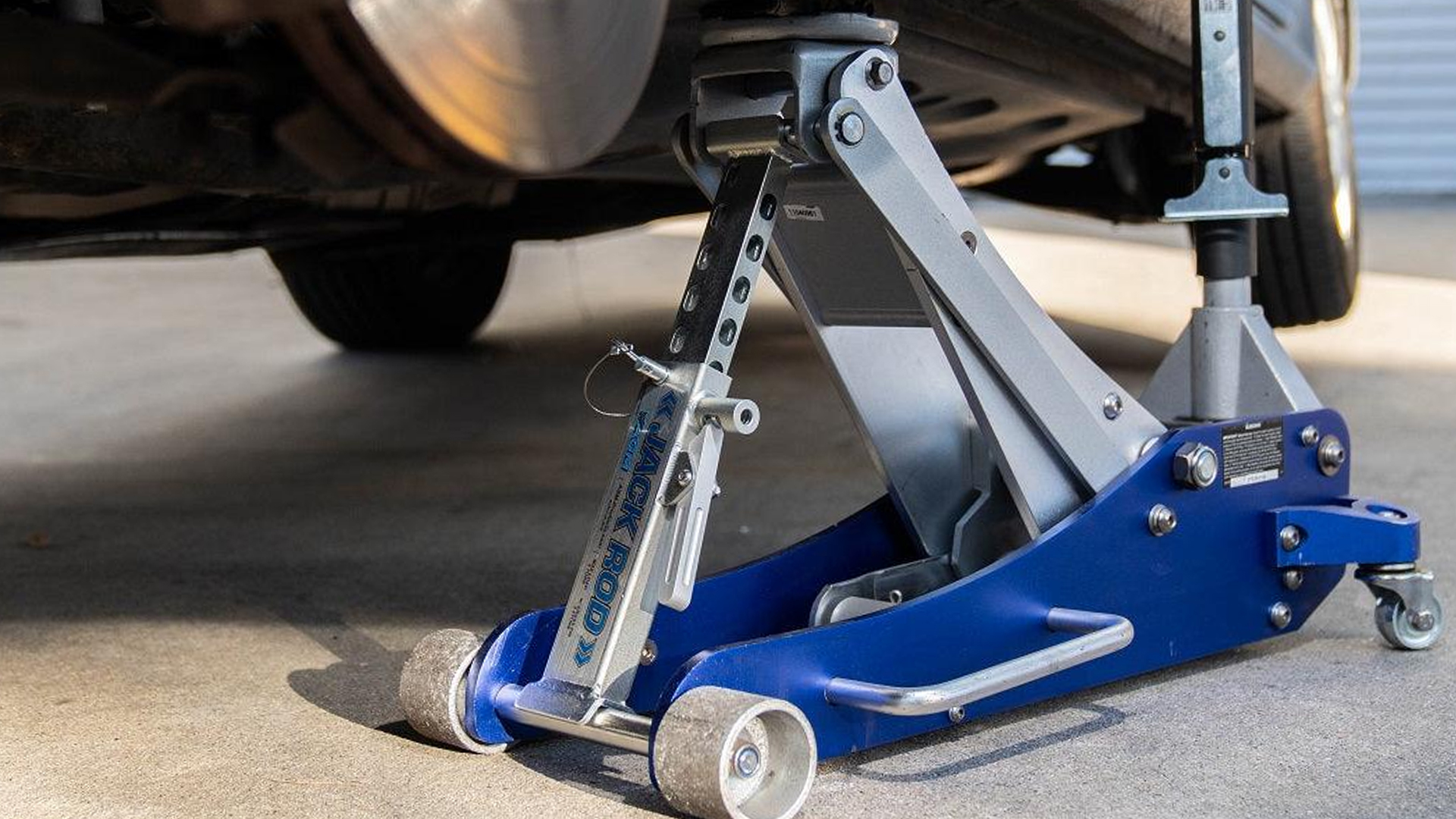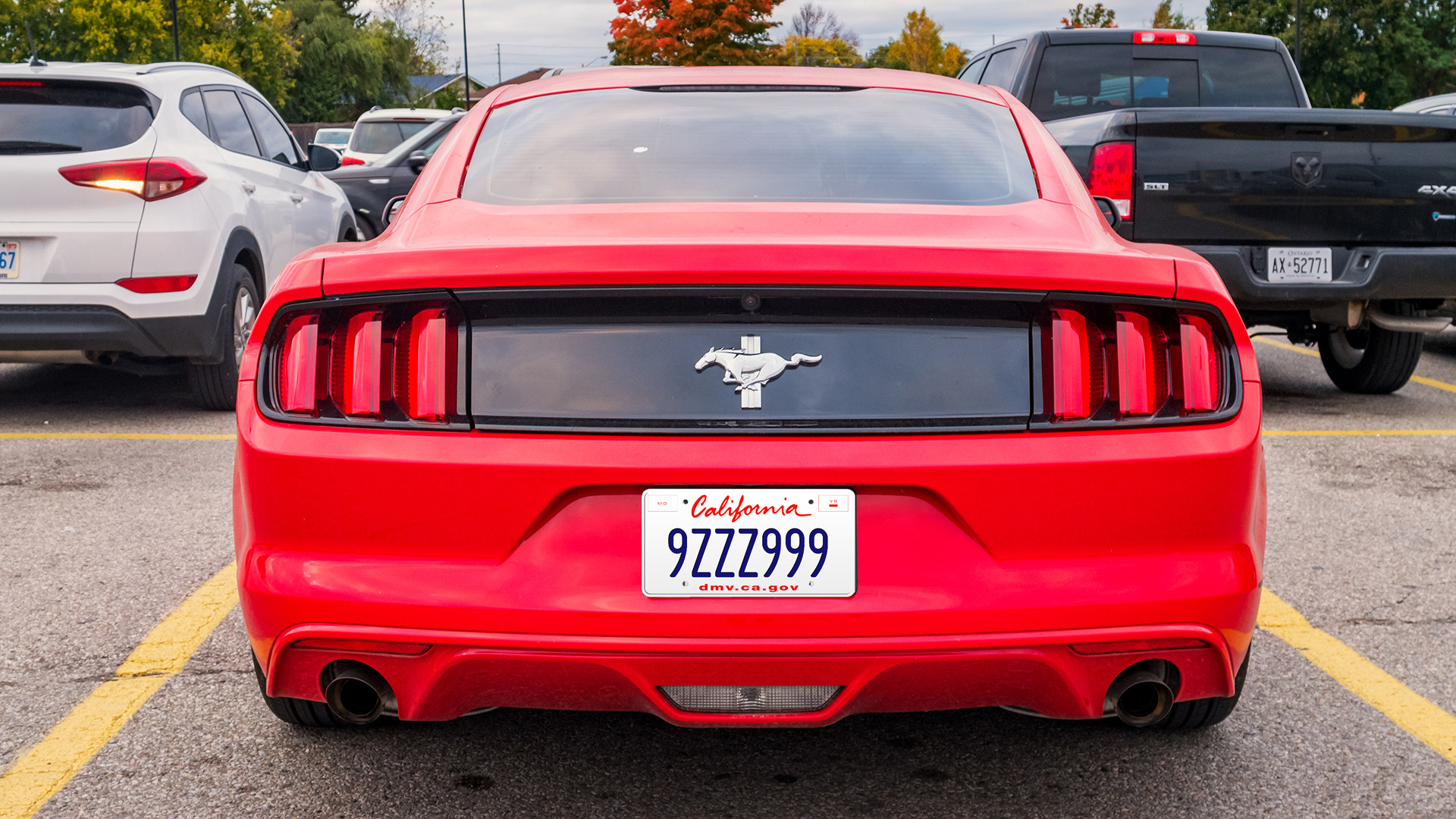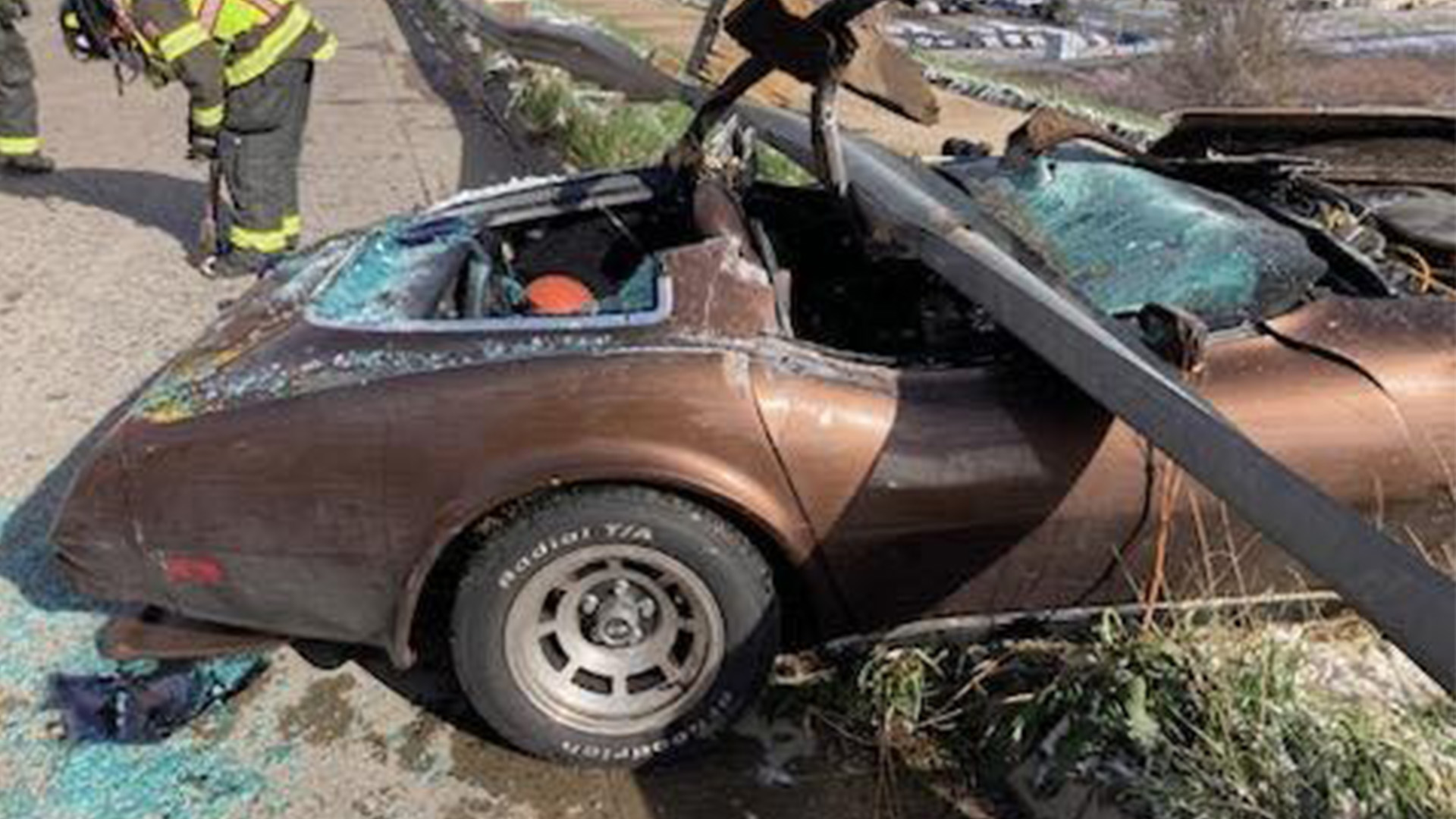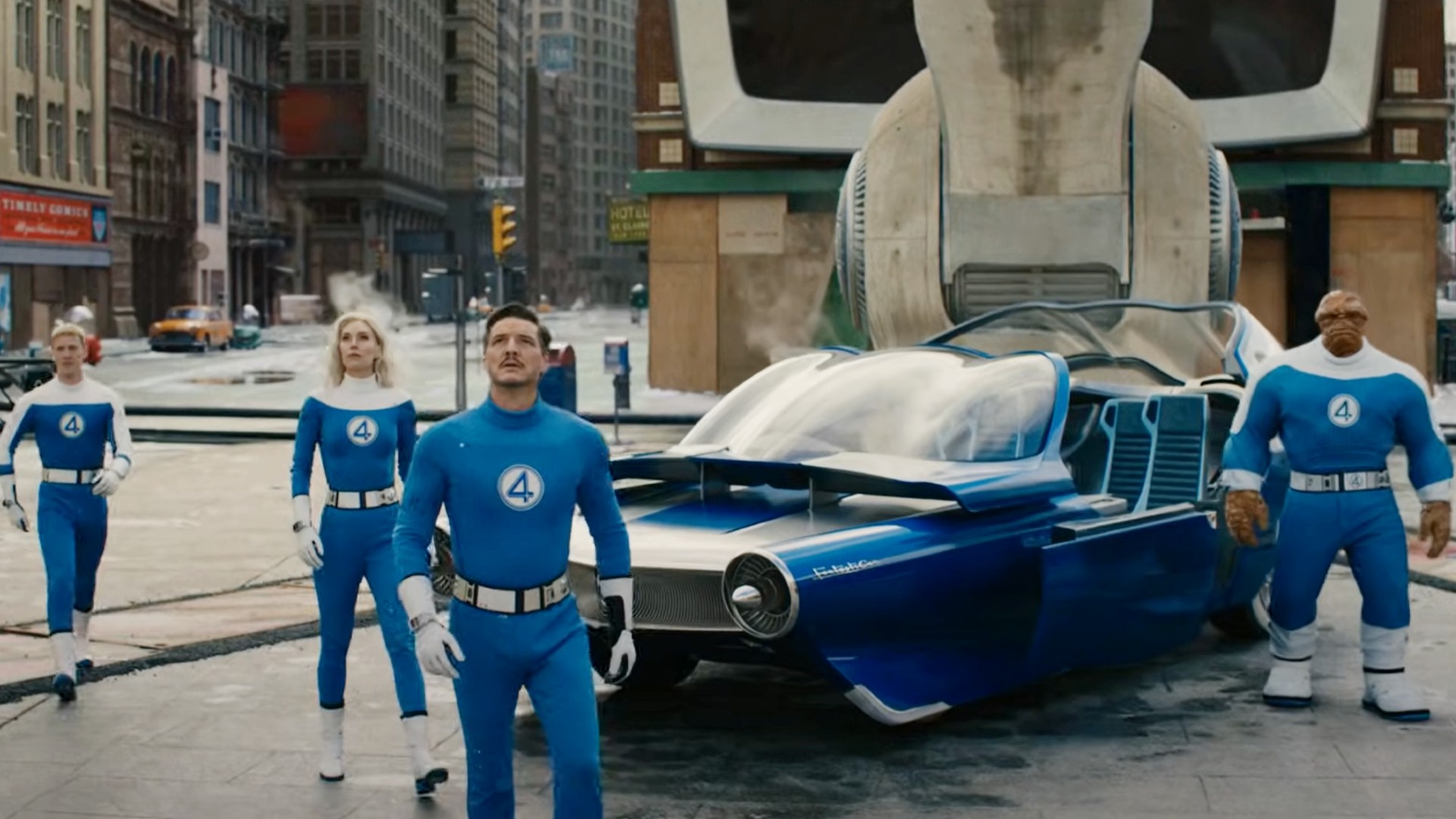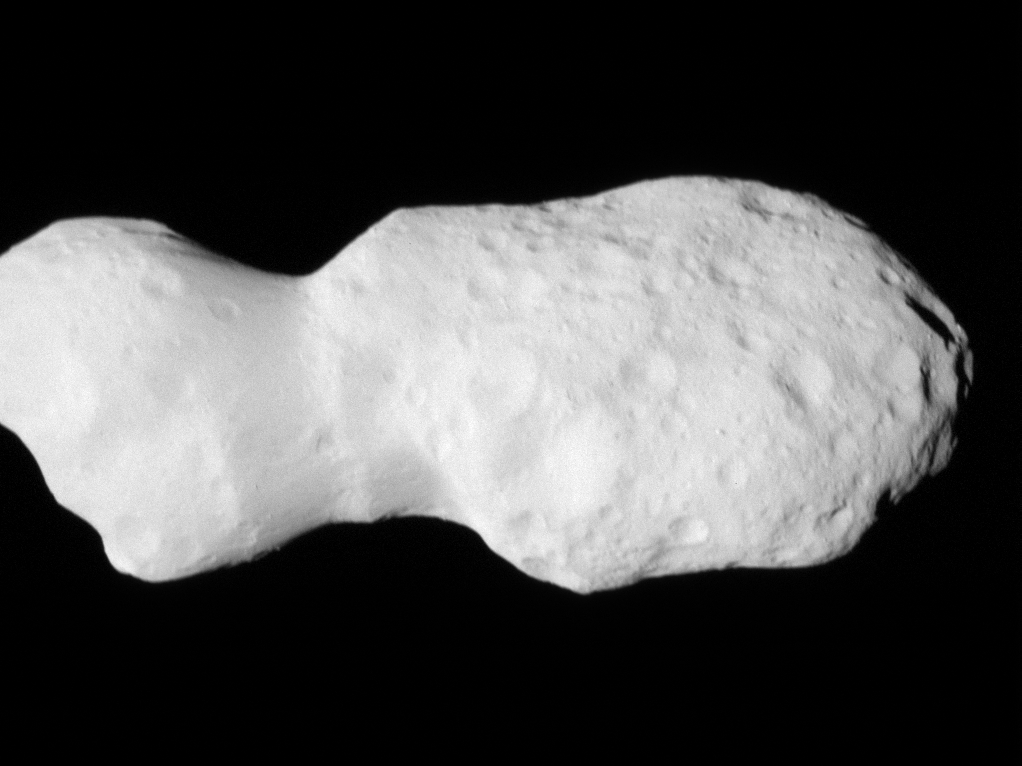Lewis Hamilton’s solution to ‘killer’ Saudi Arabia Grand Prix conditions backed amid FIA concerns
Lewis Hamilton has tabled a unique solution about driving in extreme conditions following the blazing temperatures in Saudi Arabia. The seven-time Formula 1 champion has previously said he can lose up to 10 pounds (4.5kg) in a single race due to the extreme heat. Hamilton has spoken against having cooling devices in F1 carsGetty The temperature at the Jeddah Corniche Circuit has been in the mid-30s, making it even hotter than the notorious Singapore Grand Prix. For many drivers, it has been the first opportunity to deploy the FIA’s in-cockpit cooling system that was introduced for the 2025 season. The wearable-tech shirts were designed to help F1 stars regulate their body temperature during extreme heat following several incidents. At the 2023 Qatar Grand Prix, Logan Sargeant withdrew for Williams with heatstroke, while then Alpine racer Esteban Ocon vomited in his helmet, and Aston Martin‘s Lance Stroll briefly passed out. However, the cooling vests, which are optional this season but will become mandatory in 2026, have already caused several issues. Oscar Piastri expressed concern with the weight of the device in Bahrain, and has instead been working with some physiological testing with Dr Chris Tyler. Dr Tyler, a Reader in Environmental Physiology at the University of Roehampton and advisor to F1 teams including McLaren, told talkSPORT.com: “The [cooling] system can only really be made mandatory once more is known about its effectiveness. “The data is really available at the moment to suggest that it’s really beneficial and with the other complexities linked to the increased mass and things like that the teams and the drivers are going to really want to know that it’s a worthwhile intervention and I’m not sure it’s there at the moment. “The converse argument is that teams will only adopt it once it is mandatory with every team. Therefore, we have to have the same considerations for weight, and for car structure. But if something is not less effective and then is forced on the team, then that could help compliance and utilisation later down the line.” Ferrari star Hamilton has always pushed back against cooling vests, despite describing racing in hot climates such as Malaysia and Singapore as a ‘killer’ during an appearance on the Graham Norton Show. Russell’s silver jacket, officially called the CLIMACOOL System, has a specially created Cooling VestGetty The Mercedes star previously came close to fainting in sweltering conditionsAFP His ex-Mercedes teammate George Russell has also said that he felt ‘close to fainting’ following last year’s extreme conditions in Qatar. Hamilton has instead argued that F1 as a sport is meant to be ‘tough’ and wouldn’t be using the new system if he could avoid it. Speaking this week, the 40-year-old said: “It’s not something for me. “I want to look at how I can prepare better, how I can use a cooling vest before, how I can pre-cool my body, and how I can make sure I’m hydrated.” That school of thought leads directly into the work being done by Dr Tyler when working with Piastri or, indeed, the man Hamilton replaced at Ferrari, Carlos Sainz. He added to talkSPORT: “I mean there seems to be two camps as well within the drivers about whether [extreme weather conditions are] being taken seriously or whether it should be taken seriously with some of the more old school drivers and commentators thinking that things such as a cooling strategy or something like that during the racing might decrease some of the risk but also decrease some of the challenge. Hamilton’s focus is on better preparation instead of relying on in-car cooling systems “I think the risk isn’t that high. “So there aren’t that many races historically where drivers have come out and really complained about the heat. There are races that every year they don’t like, so they don’t like Singapore, and so the reason I got working with some of the drivers was trying to improve their tolerance to Singapore. “But these are conditions that with preparation you can prepare adequately for, and so Lewis Hamilton recently has suggested that he’d be more in favour of pre-race strategies rather than in-race cooling. “That’s why drivers would routinely be undertaking periods of heat adaptation or heat acclimation prior to races during the season. “They would be doing things like pre-cooling in the water baths before they get into their fire retardant suits on race day itself, as well as using some neck or body cooling devices over the top of their clothing or on the skin around the neck to make them feel cooler. “So I think the FIA is in a difficult place where the cars now have had lots of modifications and they need to try and balance the challenge of the sport with the safety of the drivers. Dr Chris Tyler is a Reader in Environmental Physiology at the University of RoehamptonSupplied He is also an advisor to F1 teams, including McLa

Lewis Hamilton has tabled a unique solution about driving in extreme conditions following the blazing temperatures in Saudi Arabia.
The seven-time Formula 1 champion has previously said he can lose up to 10 pounds (4.5kg) in a single race due to the extreme heat.

The temperature at the Jeddah Corniche Circuit has been in the mid-30s, making it even hotter than the notorious Singapore Grand Prix.
For many drivers, it has been the first opportunity to deploy the FIA’s in-cockpit cooling system that was introduced for the 2025 season.
The wearable-tech shirts were designed to help F1 stars regulate their body temperature during extreme heat following several incidents.
At the 2023 Qatar Grand Prix, Logan Sargeant withdrew for Williams with heatstroke, while then Alpine racer Esteban Ocon vomited in his helmet, and Aston Martin‘s Lance Stroll briefly passed out.
However, the cooling vests, which are optional this season but will become mandatory in 2026, have already caused several issues.
Oscar Piastri expressed concern with the weight of the device in Bahrain, and has instead been working with some physiological testing with Dr Chris Tyler.
Dr Tyler, a Reader in Environmental Physiology at the University of Roehampton and advisor to F1 teams including McLaren, told talkSPORT.com: “The [cooling] system can only really be made mandatory once more is known about its effectiveness.
“The data is really available at the moment to suggest that it’s really beneficial and with the other complexities linked to the increased mass and things like that the teams and the drivers are going to really want to know that it’s a worthwhile intervention and I’m not sure it’s there at the moment.
“The converse argument is that teams will only adopt it once it is mandatory with every team. Therefore, we have to have the same considerations for weight, and for car structure. But if something is not less effective and then is forced on the team, then that could help compliance and utilisation later down the line.”
Ferrari star Hamilton has always pushed back against cooling vests, despite describing racing in hot climates such as Malaysia and Singapore as a ‘killer’ during an appearance on the Graham Norton Show.


His ex-Mercedes teammate George Russell has also said that he felt ‘close to fainting’ following last year’s extreme conditions in Qatar.
Hamilton has instead argued that F1 as a sport is meant to be ‘tough’ and wouldn’t be using the new system if he could avoid it.
Speaking this week, the 40-year-old said: “It’s not something for me.
“I want to look at how I can prepare better, how I can use a cooling vest before, how I can pre-cool my body, and how I can make sure I’m hydrated.”
That school of thought leads directly into the work being done by Dr Tyler when working with Piastri or, indeed, the man Hamilton replaced at Ferrari, Carlos Sainz.
He added to talkSPORT: “I mean there seems to be two camps as well within the drivers about whether [extreme weather conditions are] being taken seriously or whether it should be taken seriously with some of the more old school drivers and commentators thinking that things such as a cooling strategy or something like that during the racing might decrease some of the risk but also decrease some of the challenge.

“I think the risk isn’t that high.
“So there aren’t that many races historically where drivers have come out and really complained about the heat. There are races that every year they don’t like, so they don’t like Singapore, and so the reason I got working with some of the drivers was trying to improve their tolerance to Singapore.
“But these are conditions that with preparation you can prepare adequately for, and so Lewis Hamilton recently has suggested that he’d be more in favour of pre-race strategies rather than in-race cooling.
“That’s why drivers would routinely be undertaking periods of heat adaptation or heat acclimation prior to races during the season.
“They would be doing things like pre-cooling in the water baths before they get into their fire retardant suits on race day itself, as well as using some neck or body cooling devices over the top of their clothing or on the skin around the neck to make them feel cooler.
“So I think the FIA is in a difficult place where the cars now have had lots of modifications and they need to try and balance the challenge of the sport with the safety of the drivers.


“So it’s pleasing that they’re starting to think about it. But I think we need to look, in context, that there aren’t many races historically where this has been a problem, and so it might be more of a case of looking at scheduling, as well as pre-race preparation may be more effective in the long run than things like the in-car cooling device.”
His work involves three different heat-mitigation approaches, including cooling and hydration, the most complex of which is heat acclimation.
Dr Tyler continued: “When it comes to heat adaptations, the heat acclimation is probably the most effective approach, but requires a lot more planning.
“With the hydration and with the cooling, you can do those things very much in real time or very responsibly. So if suddenly there’s hot weather, you can introduce the cooling garments quite quickly.
“With heat acclimation what we look to do is we look to get the drivers exposed to the conditions the temperatures that they’re likely to face on a number of occasions and that can be within the [environmental] chamber at the university of Roehampton or it could be when they’re maybe a warm weather training camps or hot events or locations themselves, or even simulating the conditions in a bathroom with heaters and showers to simulate temperature and humidity and often the drivers will be combining all of those.
“So some heat chamber sessions, some sessions at home, some sessions in the field.

“Now, what we’re trying to do with the adaptation is expose the body to the conditions that they’re likely to face and to keep getting them hot.
“Then the body will make adaptations so over time, for the same level of temperature or activity, heart rate, core temperature, perceptual strain…they could all be lowered by heat adaptation.
“The whole purpose of this is to try and have routine regular heat exposures which reduce the body temperature, the heart rate, the perceived strain of a given race temperature exercise, and as a result have better neuromusculars, a better muscle recruitment, better decision making, better reaction times than somebody perhaps who is not as well prepared.
“So that’s what we’ll do with the drivers. And so when they get to somewhere like Singapore, they’ve experienced the conditions.
“They know that they are in a physiologically and perceptually good position to tackle the strain that they’re likely to face.”










![From fast food worker to cybersecurity engineer with Tae'lur Alexis [Podcast #169]](https://cdn.hashnode.com/res/hashnode/image/upload/v1745242807605/8a6cf71c-144f-4c91-9532-62d7c92c0f65.png?#)













